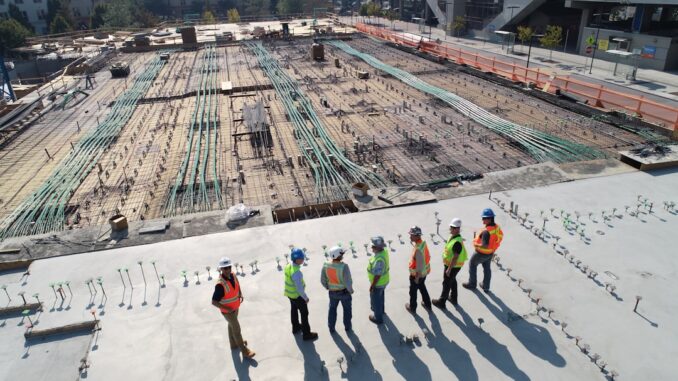
Summary
This article provides ten actionable best practices for successful building planning, from setting clear goals and assembling the right team to managing budgets and embracing technology. By following these steps, you can navigate the complexities of construction and bring your vision to life while minimizing stress and maximizing value.
Successful low-energy building design hinges on careful planning. Focus360 Energy can help.
Main Story
Building a structure, whether it’s a small residential project or a large commercial development, can be a complex and challenging endeavor. However, with careful planning and execution, it can also be a rewarding experience. This article outlines ten construction best practices to help you navigate the building planning process, ensuring a smooth and successful project.
-
Crystallize Your Vision: Before laying the first brick, define your project goals. What are you hoping to achieve? What are your must-haves and nice-to-haves? A clear vision will guide all subsequent decisions. This includes not only the final appearance but also the functionality and purpose of the structure. Consider future needs and potential expansion plans as well.
-
Assemble Your Dream Team: Surround yourself with experienced and reliable professionals. This includes architects, engineers, contractors, and construction managers. Research their credentials, review their portfolios, and ensure they understand your vision. Open communication and a collaborative spirit are key to a successful project.
-
Master the Art of Budgeting: Develop a realistic budget that encompasses all aspects of the project, from materials and labor to permits and inspections. Contingency planning is essential to account for unforeseen expenses. Regularly monitor and update your budget throughout the project lifecycle.
-
Time is of the Essence: Create a detailed project schedule that outlines key milestones and deadlines. Factor in potential delays and allow for flexibility. Effective time management is crucial to keeping the project on track and within budget.
-
Communication is Key: Establish clear communication channels among all stakeholders. Regular meetings, progress reports, and open dialogue will help ensure everyone is on the same page and address any issues promptly. Utilize technology like project management software to facilitate communication and collaboration.
-
Embrace Technology: Leverage construction software and digital tools to streamline project management, track progress, and manage documentation. From Building Information Modeling (BIM) to project management platforms, technology can enhance efficiency, accuracy, and communication.
-
Quality Control is Paramount: Implement rigorous quality control measures throughout the construction process. Regular inspections, adherence to building codes, and attention to detail will ensure a high-quality finished product that meets your expectations.
-
Safety First: Prioritize safety on the construction site. Enforce safety regulations, provide proper training, and conduct regular safety inspections. A safe work environment protects your workers and minimizes the risk of accidents and delays.
-
Document Everything: Maintain meticulous records of all project-related information, from contracts and permits to change orders and inspections. Proper documentation is crucial for transparency, accountability, and resolving any disputes that may arise.
-
Sustainable Practices: Consider incorporating sustainable building practices into your project. From energy-efficient materials to water conservation strategies, sustainable building can reduce environmental impact, lower operating costs, and enhance the value of your property.
By following these ten best practices, you can navigate the complexities of construction and bring your vision to life while minimizing stress and maximizing value. Remember, thorough planning, open communication, and a focus on quality and safety are the cornerstones of a successful building project.


Ten points to consider, you say? Perhaps you might have highlighted the need for a contingency plan for when the ‘dream team’ has a nightmare of a problem, or did that get filed under ‘contingency planning’ with the budget?
That’s a great point about the “dream team” facing unexpected challenges! It definitely reinforces the need for a robust contingency plan, not just financially but also in terms of problem-solving strategies within the team itself. Having backup plans for key personnel or skills is just as crucial as budget buffers.
Editor: FocusNews.Uk
Thank you to our Sponsor Focus 360 Energy – https://focus360energy.co.uk
The claim of minimizing stress seems overly optimistic, considering the inherent complexities and potential for unforeseen issues within a construction project, regardless of planning.
That’s a valid point! While we aim to minimize stress through planning, construction always has its surprises. Perhaps exploring proactive stress management strategies alongside contingency plans could further enhance a smoother project experience?
Editor: FocusNews.Uk
Thank you to our Sponsor Focus 360 Energy – https://focus360energy.co.uk
The suggestion to “minimize stress” through planning seems naive. The complexities of construction invariably involve unforeseen challenges, irrespective of the initial planning undertaken.